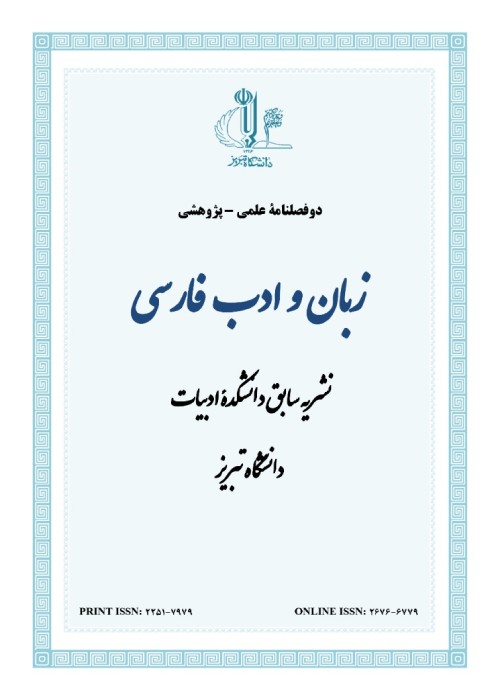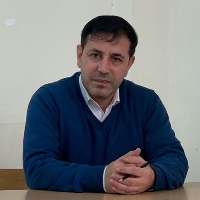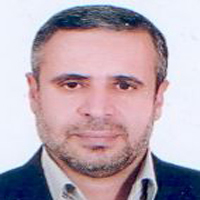A Criticism on the Viewpoints in Resources on Masnavi Research Regarding the Interpretation of the Mythical Elements in Masnavi-ye Molavi
Masnavi-ye Molavi is an allegorical and symbolic mystical poem and this has made it explained after composition. Today we encounter the ideas and viewpoints of different authors that have interpreted it and in this way, it can be argued that there have been many thoughts utilized in the interpretation of the verses in Masnavi. In the present research, we have dealt with the viewpoints of explainers who have explained the mythological symbols in Masnavi. In this study, we have selected the personality of Rostam. The major research question was as follows: Have the interpreters noticed the outlook and mythological knowledge of Molavi? What were their explanations in interpreting the symbol of “Rostam”? On the whole, there has been a slight relationship recognized between mythology and Masnavi in the resources. Such a difficulty could be recognized in scientific studies and this fact can be identified in Masnavi that the mythological study of the interpretations are missed. To conduct the present study, we have selected Forouzanfar, Shahidi, Jaafari, Gulipnarly, Nickelson, Estelami, Zamani, and Abghari.
The present investigation has been a library study and has been carried out using a descriptive-analytic method and a content analysis. In order to do the research, we have selected the outstanding interpretations carried out after 1920s. At first, the symbols of “Rostam” have been extracted from the Masnavi text and then the views of interpreters about “Rostam” have been investigated. Then, the interpreters’ differences and similarities in their viewpoints have been summarized in a table.
The effect and fame of Ferdowsi’s masterpiece in Persian literature helped it to be represented as involving the elements of mythology and bravery in poems of well-known poets. These elements reached a conceptual metastasis as mystic poetry evolved and it changed into symbols instead of using similes and other literary verbal tools. Furthermore, these hermeneutic changes of the mythology and epopee were interpreted as mystic symbols in a way that the names of characters in the masterpiece were interpreted as an isolated mystic conception. The most outstanding character in the masterpiece who reached mysticism is “Rostam”. In mysticism, “Rostam” is represented as the origin and the potential power source to fight against selfishness missioned by God. Such an ability changes into the sure heart after following the right way and bearing the difficulties and pains during the route and fights against the evils during the seven stages of faithfulness in mysticism procedure and it is considered as the counter force against selfishness. Also the symbol “Rostam” has been utilized in Masnavi. On the whole, the investigations on symbols showed that Molana knew about the ideas and thoughts of Iranians before Islam and has used them to express his mystic viewpoints within the stories. But the art of Molavi was to mix the personality of “Rostam” with religious symbols. Regarding the mythology, he had a Quranic (mythological) view, but “Rostam” has been represented as a complete Iranian human being along with religious characters. Molavi mentioned the name “Rostam” in 17 lines of Masnavi and in these 17 lines of the poem, the presence of Rostam is seen in two forms: (1) surface meaning and vocabulary meaning, (2) the symbolic meaning.The interpreters have interpreted the word meaning of “Rostam”, to represent a man with a strong and tall body and have had a consensus that he has been different from anybody else and in one case, Farvanfar has considered Rostam as the man of God. But in some lines through which Rostam has been clearly represented with epopee and revolved mysticism, he has been considered as a symbol. The main interpretation of Molavi is that Rostam has been a complete human being and this has been repeatedly used in sonnets of Shams. In these poems, the interpreters such as Estelami and Zamani and Abghari have mostly considered the mystic conception of Rostam.
Molavi has introduced the personality of Rostam in surface structure as a very strong and brave man and in symbolic concepts, he has been introduced as a complete human being. The viewpoints of the interpreters in interpreting the poems related to Rostam could be divided into three categories as follows:1- The intended line of the poetry has not been explained or the description of the name of Rostam has been missing.2-These lines of poetry have been translated verbally and there has not been any remarks on the mystic representations of Rostam.3- In some cases it has been explained and a mystic conception has been mentioned.
- حق عضویت دریافتی صرف حمایت از نشریات عضو و نگهداری، تکمیل و توسعه مگیران میشود.
- پرداخت حق اشتراک و دانلود مقالات اجازه بازنشر آن در سایر رسانههای چاپی و دیجیتال را به کاربر نمیدهد.




